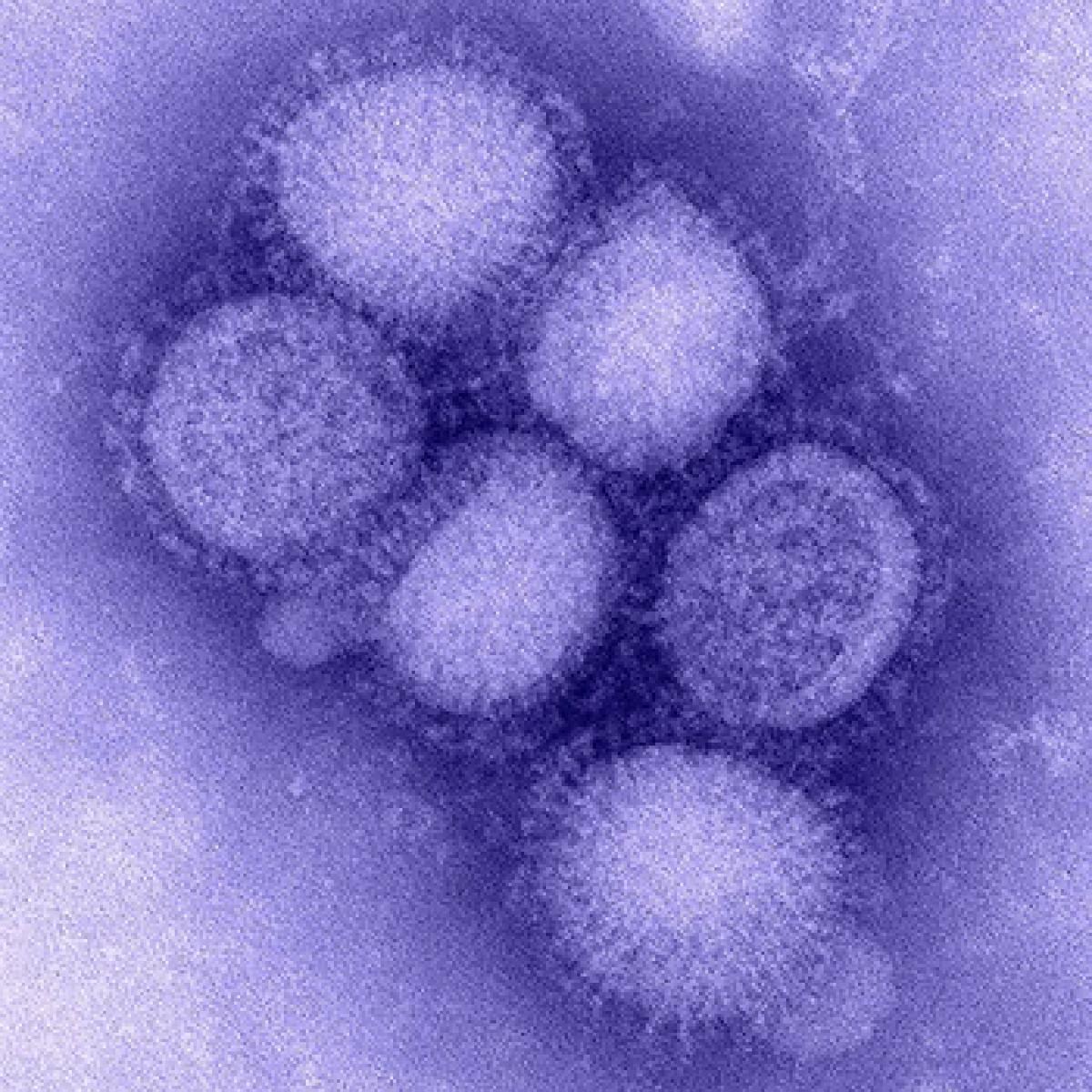SDS-PAGE
Where agarose gels are best for running larger molecules, like DNA, SDS-PAGE is better suited for running smaller ones, like proteins.
SDS-PAGE has a number of uses, which include:
- Establishing protein size
- Protein identification
- Determining sample purity
- Identifying disulfide bonds
- Quantifying proteins
- Blotting applications
SDS-PAGE stands for sodium dodecyl (lauryl) sulfate-polyacrylamide gel electrophoresis. The SDS portion is a detergent. You may recognize it if you read the ingredients lists on your shampoo, soap, or toothpaste. The purpose of the SDS detergent is to take the protein from its native shape, which is basically a big glob, and open it up into a linear piece. It's kind of like taking a wadded up ball of string and untangling it into one straight, long piece. This will allow it to run more efficiently down the gel and will get you better results, since it's easier to compare two linear pieces of something rather than two wads of the same thing.
In more scientific terms, it is an anionic detergent that binds quantitatively to proteins, giving them linearity and uniform charge, so that they can be separated solely on the basis if their size. The SDS has a high negative charge that overwhelms any charge the protein may have, imparting all proteins with a relatively equal negative charge. The SDS has a hydrophobic tail that interacts strongly with protein (polypeptide) chains. The number of SDS molecules that bind to a protein is proportional to the number of amino acids that make up the protein. Each SDS molecule contributes two negative charges, overwhelming any charge the protein may have. SDS also disrupts the forces that contribute to protein folding (tertiary structure), ensuring that the protein is not only uniformly negatively charged, but linear as well.
The polyacrylamide gel electrophoresis works in a similar fashion to an agarose gel, separating protein molecules according to their size. In electrophoresis, an electric current is used to move the protein molecules across a polyacrylamide gel. The polyacrylamide gel is a cross-linked matrix that functions as a sort of sieve to help "catch" the molecules as they are transported by the electric current. The polyacrylamide gel acts somewhat like a three-dimensional mesh or screen. The negatively charged protein molecules are pulled to the positive end by the current, but they encounter resistance from this polyacrylamide mesh. The smaller molecules are able to navigate the mesh faster than the larger one, so they make it further down the gel than the larger molecules. This is how SDS-PAGE separates different protein molecules according to their size.
Once an SDS-PAGE gel is run, you need to fix the proteins in the gel so they don't come out when you stain the gel. Acetic acid 25% in water is a good fixative, as it keeps the proteins denatured. The gel is typically stained with Coomassie blue dye R250, and the fixative and dye can be prepared in the same solution using methanol as a solvent. The gel is then destained and dried.
Read more about: Mama Ji's Molecular Kitchen
Bibliographic details:
- Article: SDS-Page
- Author(s): Dr. Biology
- Publisher: Arizona State University School of Life Sciences Ask A Biologist
- Site name: ASU - Ask A Biologist
- Date published: 12 Apr, 2010
- Date accessed: 18 May, 2025
- Link: https://askabiologist.asu.edu/sds-page
APA Style
Dr. Biology. (Mon, 04/12/2010 - 14:47). SDS-Page. ASU - Ask A Biologist. Retrieved from https://askabiologist.asu.edu/sds-page
Chicago Manual of Style
Dr. Biology. "SDS-Page". ASU - Ask A Biologist. 12 Apr 2010. https://askabiologist.asu.edu/sds-page
MLA 2017 Style
Dr. Biology. "SDS-Page". ASU - Ask A Biologist. 12 Apr 2010. ASU - Ask A Biologist, Web. https://askabiologist.asu.edu/sds-page
Be Part of
Ask A Biologist
By volunteering, or simply sending us feedback on the site. Scientists, teachers, writers, illustrators, and translators are all important to the program. If you are interested in helping with the website we have a Volunteers page to get the process started.




